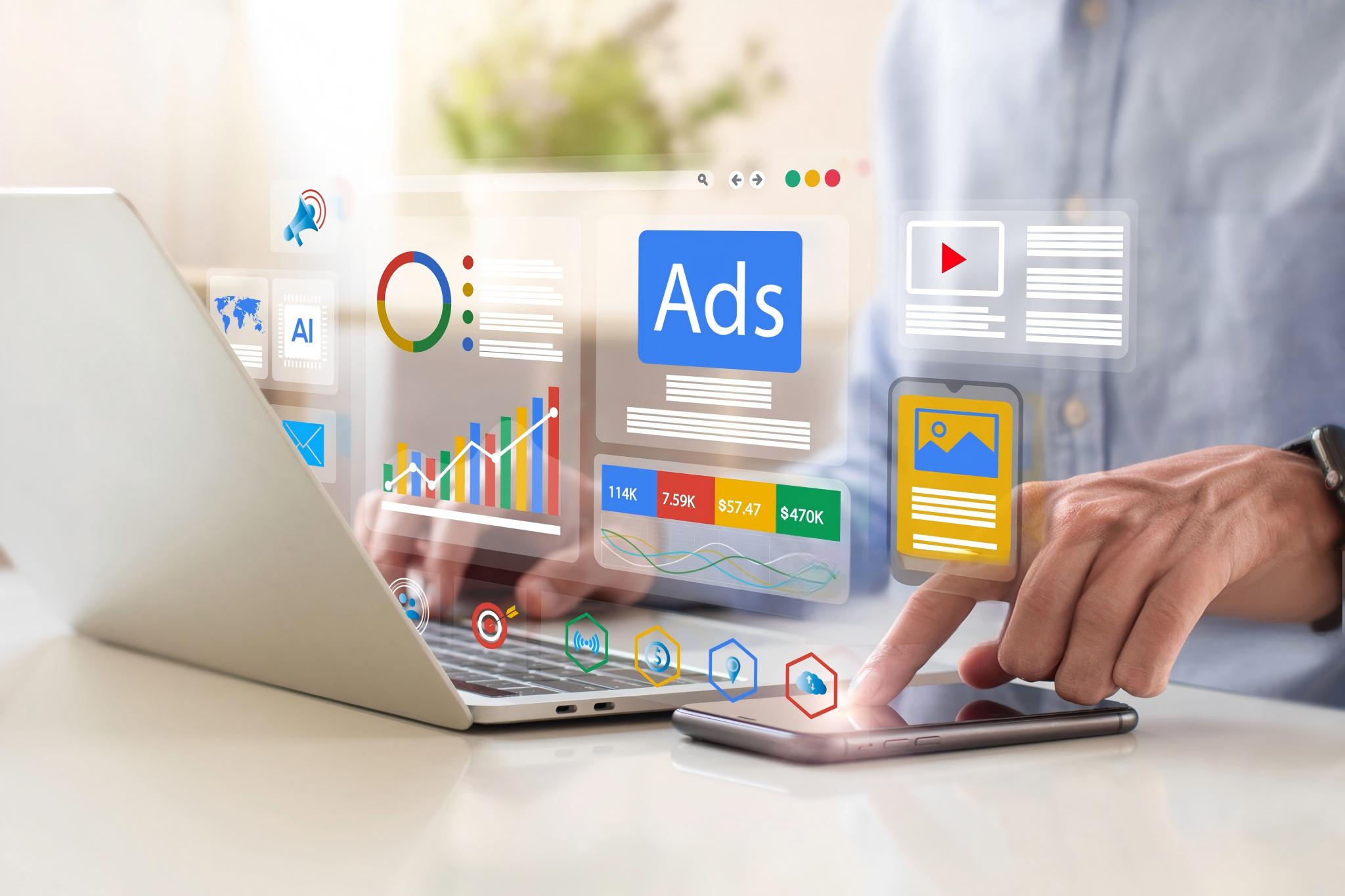When brands expand internationally, getting the message right isn't just about swapping words from one language to another—it's about making sure the essence lands with the same punch. I've seen plenty of campaigns flop because they relied on basic translation, only to realize too late that what works in one culture can fall flat or even offend in another. That's why transcreation has become a go-to for savvy marketers: it's essentially rewriting content to fit the local vibe, rather than a straight word-for-word swap. This is especially crucial for slogans and ad copy, where the goal is to stir emotions, not just inform.
Let's start with what regular translation really entails. It's all about fidelity—taking the source text and rendering it accurately in the target language. For things like technical specs, business reports, or straightforward web content, this is spot on. Translators prioritize precision, often sticking close to the original structure to avoid any misinterpretation. It's efficient, cost-effective, and gets the job done for factual stuff.
The problem arises when you're dealing with creative elements. Languages aren't neutral; they're laced with cultural references, humor, and subtleties that don't translate neatly. A clever pun in English might come across as nonsense in French, or a metaphor rooted in Western history could confuse audiences in Asia. Translation keeps the facts intact, but it can strip away the spark that makes marketing memorable.
Enter transcreation, which goes beyond mere conversion—it's about reimagining the content. The term blends "translation" with "creation," and that's exactly what happens: you craft something fresh that captures the original's spirit but feels tailor-made for the new audience. Transcreators dive into market research, local customs, and even testing phases to ensure the adapted version resonates. They're not just linguists; they think like copywriters, understanding how to tweak tone, imagery, or calls to action to align with what's compelling in that region.
So, how do you know when to pick one over the other? It depends on the stakes. Translation is great for bulk work—think per-word pricing that's straightforward and scalable. Transcreation, on the other hand, often involves hourly rates or project fees, which can increase costs by around 30% due to the extra brainstorming and revisions. But for high-impact materials, that premium is worth it. It safeguards your brand's identity, turning potential disconnects into genuine connections.
Slogans and ads are prime territory for transcreation because they're designed to be evocative and sticky. A literal translation might preserve the meaning but lose the rhythm or emotional hook. For instance, if your tagline relies on alliteration or cultural nods, forcing it into another language could make it awkward or irrelevant. Ads need to tap into local motivations—maybe emphasizing family ties in one market or individualism in another. Skip transcreation here, and you risk your campaign blending into the background or, worse, sparking backlash.
The proof is in the numbers and real-world outcomes. Brands that invest in proper localization, including transcreation, often see over half their revenue coming from global markets, underscoring how these tactics fuel expansion. On the flip side, blunders can be expensive: HSBC once had to shell out $10 million to fix a campaign where "Assume Nothing" got mangled into "Do Nothing" in some languages, tanking its credibility. Industry trends back this up too—about a quarter of language pros expect transcreation to make up 6-10% more of their business, as companies chase culturally savvy marketing.
Look at some classics for inspiration. Coca-Cola's smart pivot in China turned a phonetic mishap ("bite the wax tadpole") into "kekou kele," which means something like "tasty fun," and it propelled their dominance there. Mercedes-Benz dodged a bullet by reworking "Bensi" (hinting at "rush to die") to "Ben Chi" ("galloping speed") for Chinese consumers. Even Haribo keeps its jingle fresh by adapting rhymes across languages, maintaining that playful energy without rigid adherence to the original. These stories show how transcreation can transform risks into rewards.
Ultimately, weighing translation against transcreation comes down to what you want your brand to achieve overseas. If it's just conveying info, translation does the trick. But for building real rapport through marketing, transcreation keeps your voice vibrant and relevant. Partnering with experts who get this nuance can make all the difference. Take Artlangs Translation—they've built a solid reputation over years, handling over 230 languages with services spanning everything from core translations to video and game localization, subtitle work for short dramas, multilingual dubbing for audiobooks and dramas, plus data annotation and transcription. Their string of successful projects speaks to the kind of hands-on experience that turns global ambitions into seamless realities.











